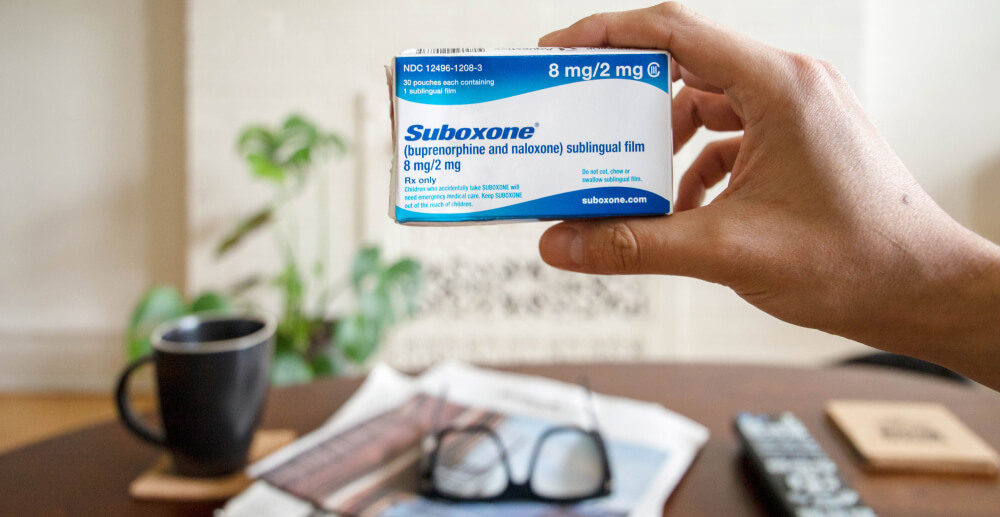What science says about opioid addiction might surprise you: Forgo inpatient detox, and instead find a doctor that offers medication to treat addiction.
How do you treat heroin or pain pill addiction? It’s a no brainer, right? You go away to treatment for 30 days, sweat it out in the detox ward for at least a week of your stay, and then emerge into the world of therapy groups and 12-step meetings. You do 90 meetings in 90 days. You get sober.
But in reality, the addiction treatment that springs to mind (rehab, detox) is very different from what actually has the best results for treatment (medication like buprenorphine or methadone, in conjunction with counseling).
Detox actually increases likelihood of death.
How can this be possible? When you detox with no medication to reduce the likelihood of relapse, your tolerance to pain pills or heroin lowers. This means that if you choose to use again after detox, you are at increased risk of overdose. This is why it’s vital to provide medication to prevent relapse. But most rehabs in America don’t provide this medication. Dr. Adam Bisaga explains, “Because detoxification not followed by a medication to prevent relapse increases the risk of drug-related death, some would call this an “iatrogenic” (caused by treatment) death.”
So what is the recommended treatment? Medication.
If science says that rehab isn’t the best way to recover from opioid addiction, then what is? Medications like buprenorphine (known by the popular brand name Suboxone) or methadone—together with therapy—have been proven to cut death rates in half for those struggling with opioid addiction. Medication-assisted treatment increases chance of recovery, and those improved recovery outcomes result in lower HIV transmission, improved social functioning, and reduced criminal behavior.
Another type of medication, naltrexone (brand name Vivitrol) is also available to assist in recovery. This type of medication requires full detoxification before beginning. In a study comparing naltrexone and buprenorphine, initiating treatment with naltrexone was more difficult. Simply put: people dropped out before they could start medication, because detox is hard. But once treatment did begin, naltrexone, just like methadone and buprenorphine, improved recovery outcomes.
So why is there such a disconnect between rehab and reality?
Traditionally, addiction treatment has been handled outside of medical care. Addiction has been seen as everything from a moral failing to a spiritual malady. Regardless of your personal belief about addiction, it’s now understood to be a brain disease. Why is this? Because when you drink alcohol or use drugs regularly, they change the way your brain works. And like other brain issues, like depression or epilepsy, addiction is being brought into the light of medical treatment.
At Workit Health, we encourage people to explore every path that helps them. We also encourage people to explore all the options, and all the evidence, before choosing a recovery path. If you’re thinking of quitting opioids, consider medication-assisted treatment. Your life may depend on it.








